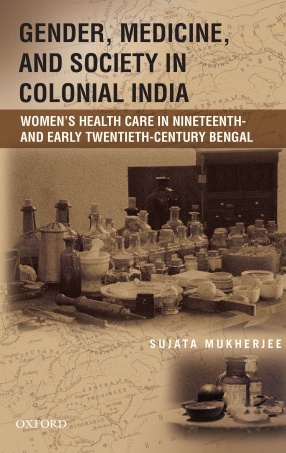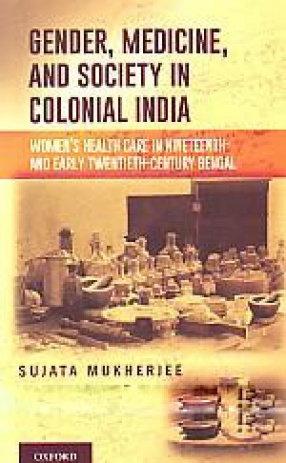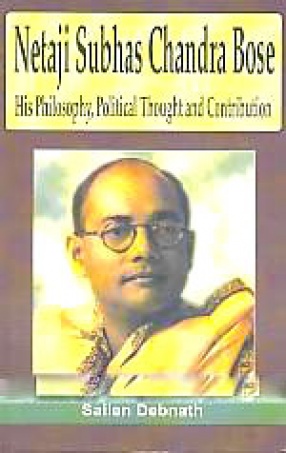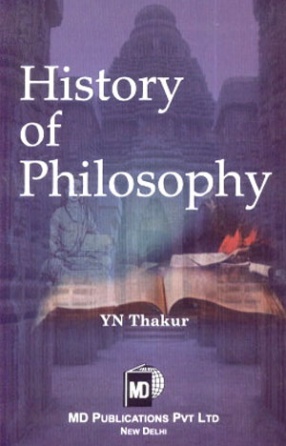British imperialism in India left in its wake the scars of many battles between the colonizer and the colonized. Intense hostilities were witnessed as each tried to prove its superiority in domains such as medicine, education, and law. Through the lens of gender politics, Sujata Mukherjee confronts these conflicts to reveal the contested ‘body’ of the Indian woman.
Focusing on hospital medicine and preventive medical care, Mukherjee traces the popularization of Western forms of medical care in nineteenth- and early twentieth-century Bengal. She shows how it created a space-albeit small-for providing Western health care to female patients; for the first time, women could receive medical attention outside the purdah and zenana. However, there was a simultaneous discrediting of indigenous forms of medicine-such as Ayurveda and Unani-and their practitioners, who had once exercised significant influence.
The book also explores the growth of Western medical education among women in Bengal. Overcoming racial and gender discrimination, social taboos, and active opposition from authorities and their families, some remarkable women became doctors and practicing physicians. Aiding them in their long-drawn efforts were the Brahmo Samaj and several women’s organizations and agencies of the time.
Contents: Introduction.1. Western medicine, hospitals and female health in nineteenth-century Bengal. 2. Medical education and emergence of women medics in colonial Bengal. 3. Modernizing reproductive health. 4. Sexuality, domesticity and health advice for women. 5. Women’s work and the politics of health. 6. Public health administration, the famine of 1943–4 and impact on women. Select bibliography. Index.






There are no reviews yet.